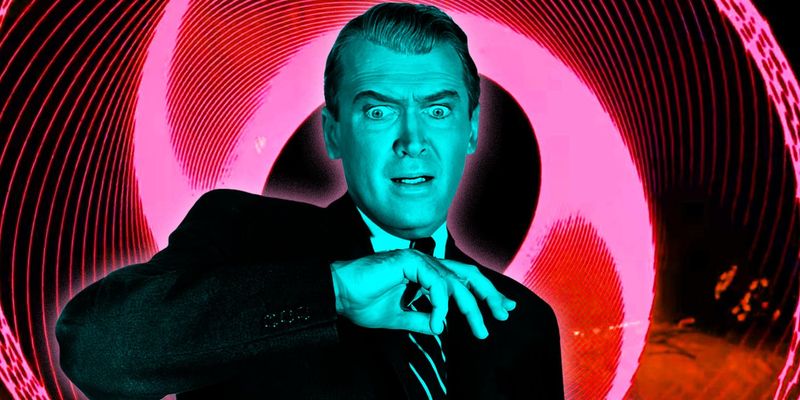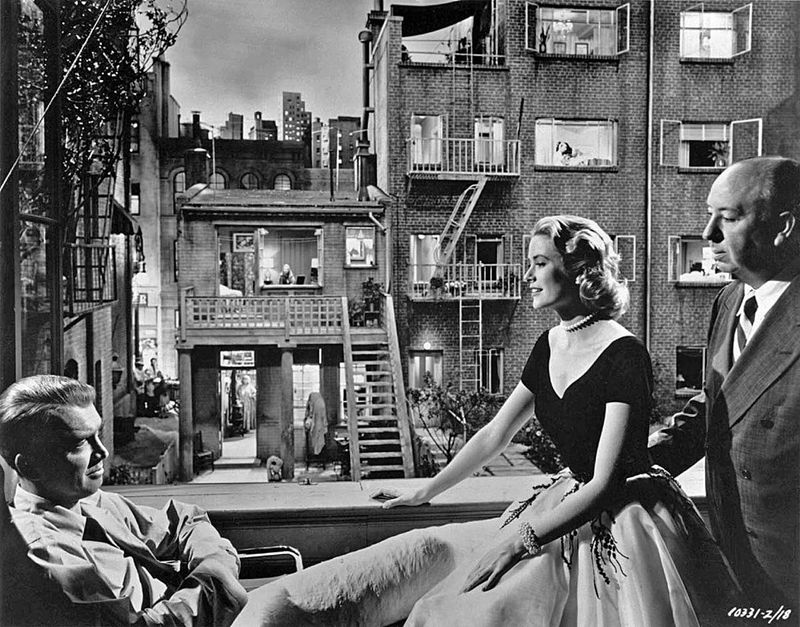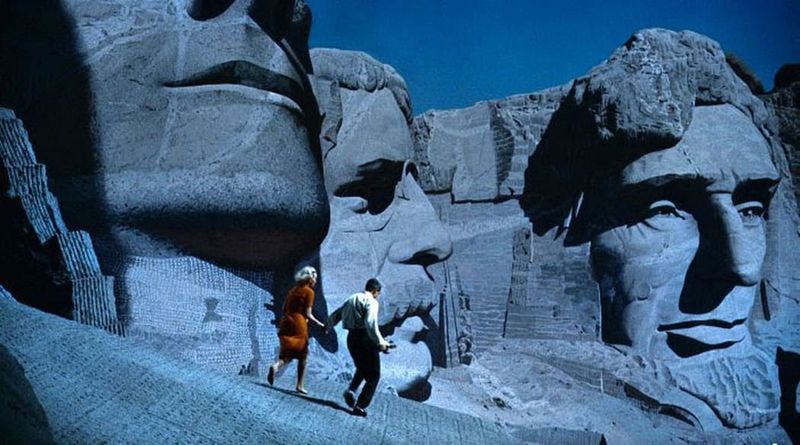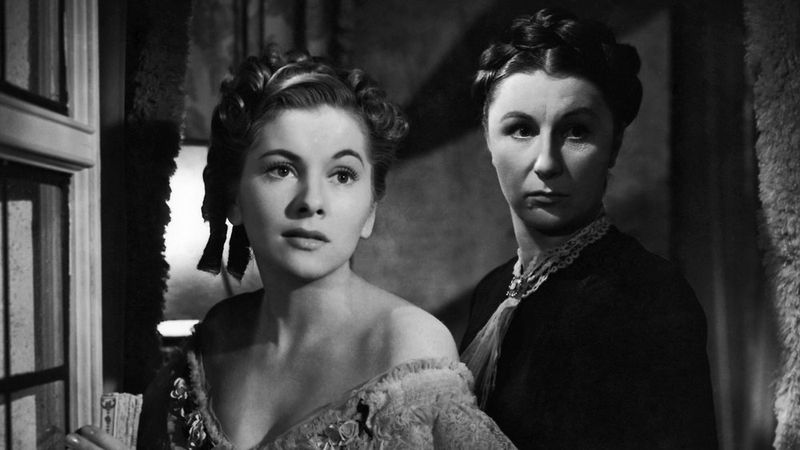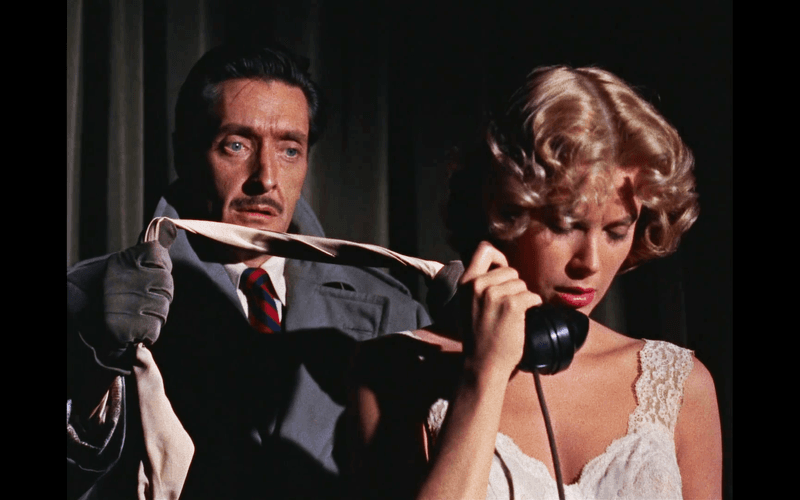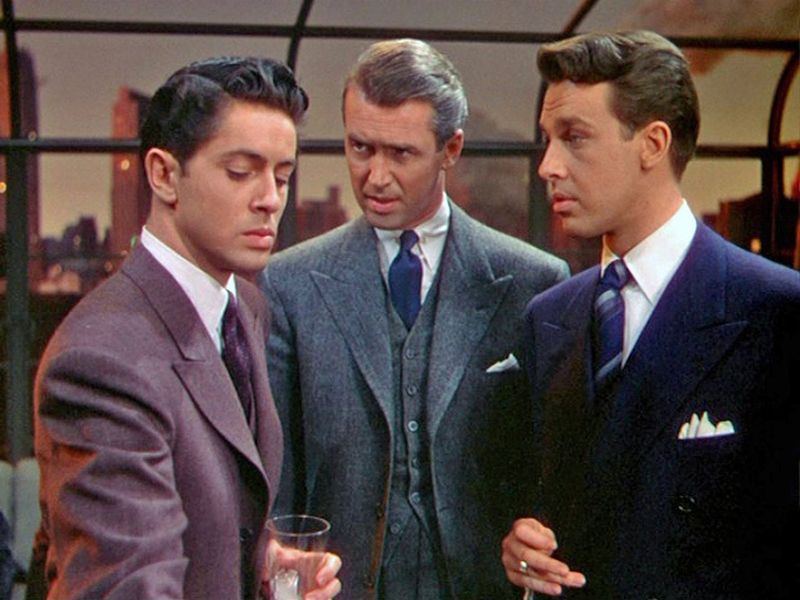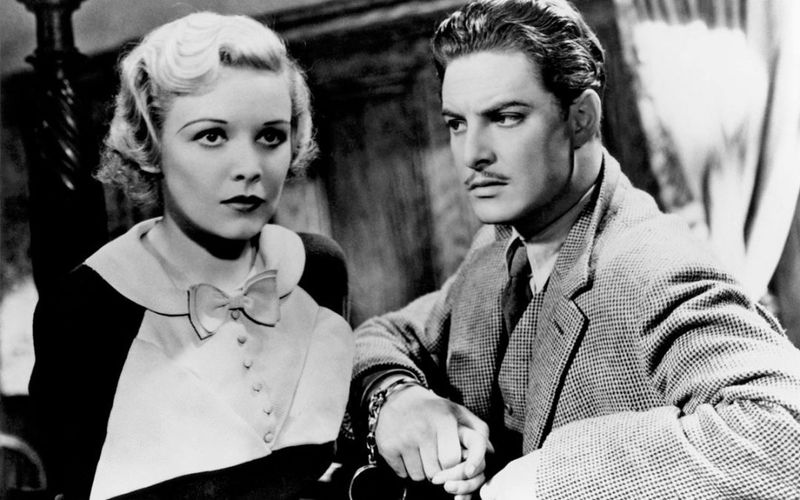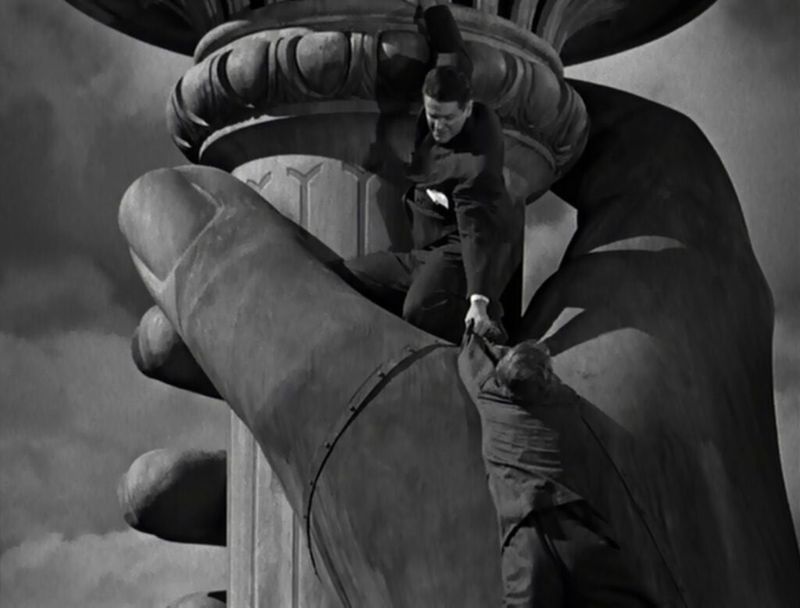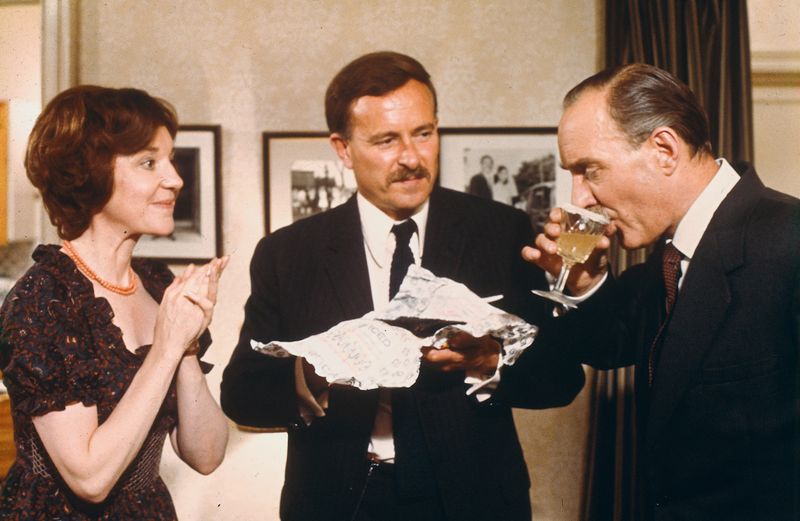Alfred Hitchcock earned his title as the “Master of Suspense” through decades of groundbreaking filmmaking that changed cinema forever. His movies didn’t just entertain audiences—they redefined what films could accomplish through innovative camera work, psychological storytelling, and unforgettable plot twists. From spine-chilling horror to romantic thrillers, Hitchcock’s films continue to influence directors today. These fifteen masterpieces showcase why his legacy remains unmatched in the world of suspense cinema.
1. Psycho (1960)
The shower scene alone changed horror cinema forever, but Psycho offers so much more than its most famous moment. Anthony Perkins transforms into Norman Bates with such chilling authenticity that audiences still feel uneasy watching him decades later.
Hitchcock broke every rule in the book by killing off his leading lady halfway through the film. This bold move shocked 1960s audiences who expected traditional storytelling structures.
The film’s influence spawned countless slasher movies and psychological thrillers. Modern horror directors still study Hitchcock’s techniques for building tension through sound, camera angles, and strategic pacing that keeps viewers on edge.
2. Vertigo (1958)
Critics initially dismissed Vertigo as confusing and slow, yet it’s now considered Hitchcock’s greatest achievement. The film explores dangerous obsession through Scottie Ferguson’s attempts to remake a woman into his ideal vision.
Revolutionary camera techniques create the famous “dolly zoom” effect that makes viewers feel the protagonist’s acrophobia. This innovative cinematography influenced countless filmmakers and became a standard technique in cinema.
Kim Novak’s dual performance as Madeleine and Judy showcases the film’s complex themes about identity and memory. The movie’s psychological depth and visual artistry have earned it recognition as one of cinema’s greatest masterpieces.
3. Rear Window (1954)
Confined to a wheelchair with a broken leg, photographer L.B. Jefferies becomes the ultimate voyeur watching his neighbors through his rear window. What starts as innocent people-watching transforms into a murder investigation that questions our own curiosity about others’ private lives.
Grace Kelly shines as the sophisticated girlfriend who risks everything to help solve the mystery. Her character’s transformation from fashion-focused socialite to brave detective adds romantic tension to the suspenseful plot.
The film’s single apartment setting demonstrates Hitchcock’s genius for creating maximum tension within minimal space. Every neighbor’s story unfolds like a mini-movie, making viewers complicit in the protagonist’s voyeuristic behavior.
4. North by Northwest (1959)
Mistaken identity launches advertising executive Roger Thornhill into a cross-country adventure filled with spies, romance, and near-death experiences. Cary Grant’s charm and wit make every dangerous situation seem almost effortless to navigate.
The crop-duster sequence remains one of cinema’s most thrilling chase scenes. Hitchcock builds tension by placing his hero in an open field with nowhere to hide from the attacking plane.
Mount Rushmore provides the dramatic backdrop for the film’s climactic chase sequence. The monument’s presidential faces create an ironic setting for this tale of mistaken identity and national espionage that blends humor with genuine suspense.
5. Notorious (1946)
Love and duty collide when Alicia Huberman must marry a Nazi sympathizer to gather intelligence for the American government. Ingrid Bergman delivers a powerhouse performance as a woman torn between patriotism and personal happiness.
The wine cellar sequence showcases Hitchcock’s mastery of suspense through simple objects—a key and wine bottles become instruments of life-threatening tension. Every moment feels dangerous as the characters navigate their deadly masquerade.
Cary Grant’s government agent struggles with sending the woman he loves into danger. Their complicated relationship adds emotional weight to the espionage plot, making every romantic moment feel both precious and potentially tragic.
6. Strangers on a Train (1951)
A chance meeting on a train leads to a deadly proposition: two strangers agree to commit murders for each other, creating perfect alibis. What begins as casual conversation escalates into a nightmare of psychological manipulation and moral compromise.
Robert Walker’s portrayal of the charming yet psychopathic Bruno Anthony remains genuinely unsettling. His character’s casual attitude toward murder contrasts sharply with his victim’s growing horror at the situation’s reality.
The film’s tennis match sequence builds incredible tension as the protagonist races against time. Hitchcock cuts between the game and Bruno’s attempt to plant evidence, creating a masterclass in parallel editing that keeps audiences breathless.
7. The Birds (1963)
Nature turns against humanity in this chilling tale where ordinary birds become instruments of terror. The film’s power lies in transforming familiar creatures into sources of inexplicable dread that feel both surreal and terrifyingly possible.
Tippi Hedren’s performance anchors the chaos as mysterious bird attacks escalate throughout the peaceful town of Bodega Bay. Her character’s journey from confident socialite to traumatized survivor reflects the film’s exploration of human vulnerability.
Revolutionary special effects bring the avian attacks to life with shocking realism. The absence of a traditional musical score makes every bird sound more menacing, while the unexplained nature of the attacks creates lasting unease.
8. Shadow of a Doubt (1943)
Hitchcock called this his personal favorite, and it’s easy to understand why. Young Charlie adores her sophisticated Uncle Charlie until she begins suspecting he might be the notorious “Merry Widow Murderer” terrorizing the country.
The film peels back the facade of small-town American innocence to reveal darkness lurking beneath surface respectability. Teresa Wright’s performance captures the painful loss of innocence as her character’s world crumbles around disturbing revelations.
Joseph Cotten creates a genuinely menacing villain who maintains his charm even while revealing his true nature. The psychological battle between niece and uncle becomes a study in family loyalty versus moral obligation.
9. Rebecca (1940)
Hitchcock’s first Hollywood film won the Academy Award for Best Picture, launching his American career with gothic romance and psychological suspense. The mysterious Rebecca haunts every scene despite never appearing on screen, creating an invisible presence that dominates the narrative.
Joan Fontaine’s unnamed protagonist struggles with insecurity and the overwhelming legacy of her husband’s deceased first wife. Laurence Olivier’s brooding Maxim de Winter harbors secrets that threaten their marriage’s foundation.
Mrs. Danvers, the sinister housekeeper, serves as Rebecca’s earthly representative, tormenting the new bride with memories of perfection she can never match. The film’s exploration of jealousy and identity remains powerfully relevant.
10. Dial M for Murder (1954)
A husband’s elaborate murder plot unravels in spectacular fashion when his wife survives the intended killing. Ray Milland’s calculating Tony Wendice believes he’s planned the perfect crime, but small details prove his undoing.
Grace Kelly brings vulnerability and strength to her role as the targeted wife who must fight for her life. Her performance in the attempted murder scene remains genuinely terrifying and emotionally powerful.
The film’s stage origins show in its confined setting, but Hitchcock transforms theatrical limitations into cinematic advantages. Every prop becomes significant, from the crucial key to the scissors that save a life, proving that great suspense needs minimal space.
11. Rope (1948)
Two college students commit murder for intellectual thrills, then host a dinner party with the body hidden in their apartment. This experimental film unfolds in real-time using extended takes that create claustrophobic tension as guests unknowingly dine above their friend’s corpse.
James Stewart plays the philosophy professor whose theories about superior beings influenced his students’ deadly actions. His character’s horror at discovering the consequences of his teachings adds moral complexity to the thriller.
The film’s technical innovation includes seamless transitions between long takes and careful choreography that keeps cameras moving through the confined space. This approach makes viewers feel trapped alongside the increasingly nervous murderers.
12. Spellbound (1945)
Psychoanalysis meets murder mystery when a psychiatrist falls in love with an amnesiac patient who might be a killer. Ingrid Bergman’s Dr. Constance Peterson uses her professional skills to unlock the truth hidden in her patient’s troubled mind.
Salvador Dalí designed the film’s famous dream sequences, creating surreal imagery that visualizes the unconscious mind. These artistic interludes add visual poetry to the psychological investigation while advancing the plot through symbolic representation.
Gregory Peck’s tortured performance as the amnesiac John Ballantine creates sympathy for a character who might be guilty of murder. The film explores themes of memory, identity, and healing through its blend of romance and psychological thriller elements.
13. The 39 Steps (1935)
Richard Hannay’s quiet evening at the theater transforms into a cross-country chase when he becomes entangled in international espionage. This early Hitchcock thriller established many themes that would define his later American films, including the innocent man wrongly accused.
The handcuff sequence forces the reluctant protagonists together, creating romantic tension amid the dangerous circumstances. Their relationship develops from mutual suspicion to partnership as they work together to survive their pursuers.
Scottish locations provide dramatic backdrops for the chase sequences, while the film’s blend of suspense and humor set the template for future adventure thrillers. The mysterious “39 Steps” organization adds international intrigue to this fast-paced adventure.
14. Saboteur (1942)
Factory worker Barry Kane becomes a fugitive when he’s framed for sabotage during World War II. His cross-country journey to clear his name takes him from California aircraft plants to the Statue of Liberty’s torch in a thrilling wartime adventure.
The film captures 1940s America’s wartime paranoia while exploring themes of patriotism and suspicion. Kane encounters both helpful allies and dangerous enemies as he navigates a country where anyone might be a saboteur or spy.
The Statue of Liberty climax remains one of cinema’s most memorable action sequences. The symbolic setting emphasizes the film’s themes about American values and freedom while providing a spectacular backdrop for the final confrontation between hero and villain.
15. Frenzy (1972)
Hitchcock’s return to London brought a darker, more explicit approach to his familiar themes of wrong man accusations and serial killers. The “Necktie Murderer” terrorizes London while an innocent man faces conviction for crimes he didn’t commit.
The film’s graphic content shocked audiences accustomed to Hitchcock’s more subtle approach to violence. This late-career work demonstrates the director’s willingness to adapt to changing times while maintaining his masterful control of suspense.
Covent Garden’s bustling market provides a vibrant backdrop for the dark story, contrasting everyday London life with the horror lurking beneath. The film’s moral complexity and psychological depth prove that Hitchcock’s talents remained sharp even in his seventies.


